Most of these buildings are still standing today. A true testament to brilliant engineering. Check them out!
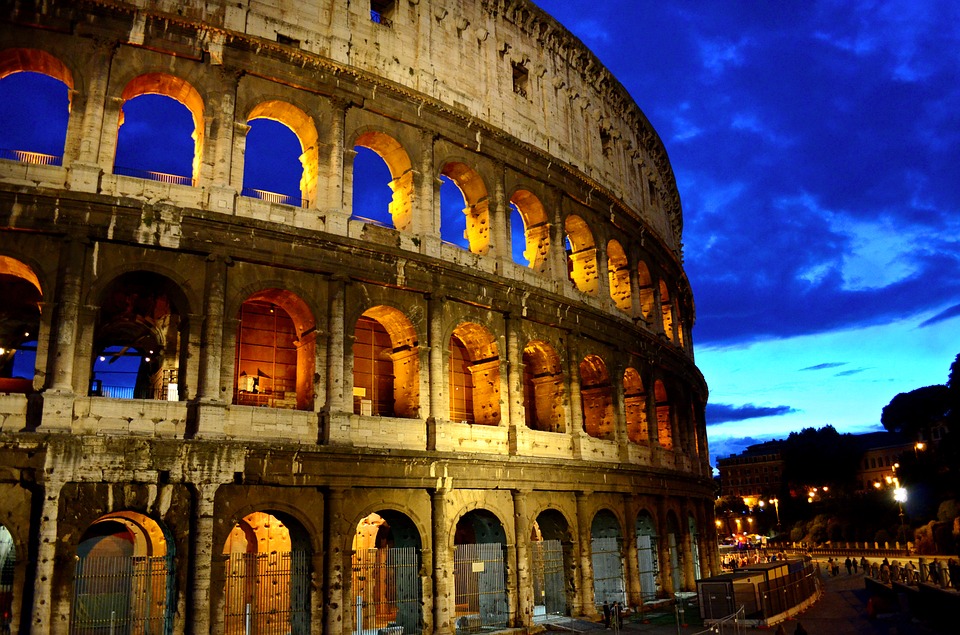
Located just east of the Roman Forum, the massive stone amphitheatre known as the Colosseum was commissioned around A.D. 70-72 by Emperor Vespasian of the Flavian dynasty as a gift to the Roman people. In A.D. 80, Vespasian’s son Titus opened the Colosseum–officially known as the Flavian Amphitheater–with 100 days of games, including gladiatorial combats and wild animal fights. After four centuries of active use, the magnificent arena fell into neglect, and up until the 18th century, it was used as a source of building materials. Though two-thirds of the original Colosseum has been destroyed over time, the amphitheatre remains a popular tourist destination, as well as an iconic symbol of Rome and its long, tumultuous history.
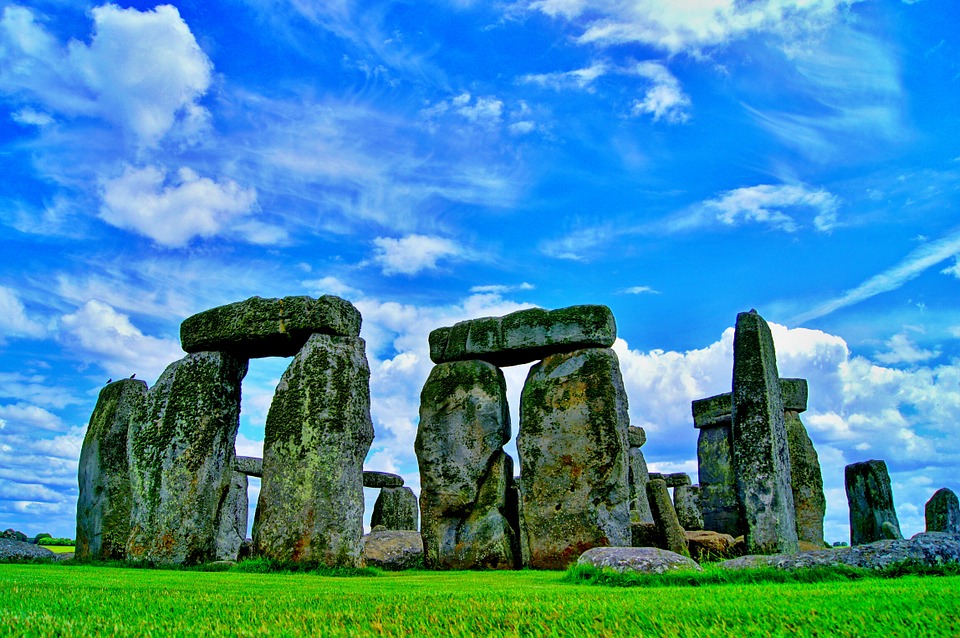
Stonehenge is perhaps the world’s most famous prehistoric monument. It was built in several stages: the first monument was an early henge monument, built about 5,000 years ago, and the unique stone circle was erected in the late Neolithic period about 2500 BC. In the early Bronze Age, many burial mounds were built nearby. Today, along with Avebury, it forms the heart of a World Heritage Site, with a unique concentration of prehistoric monuments.
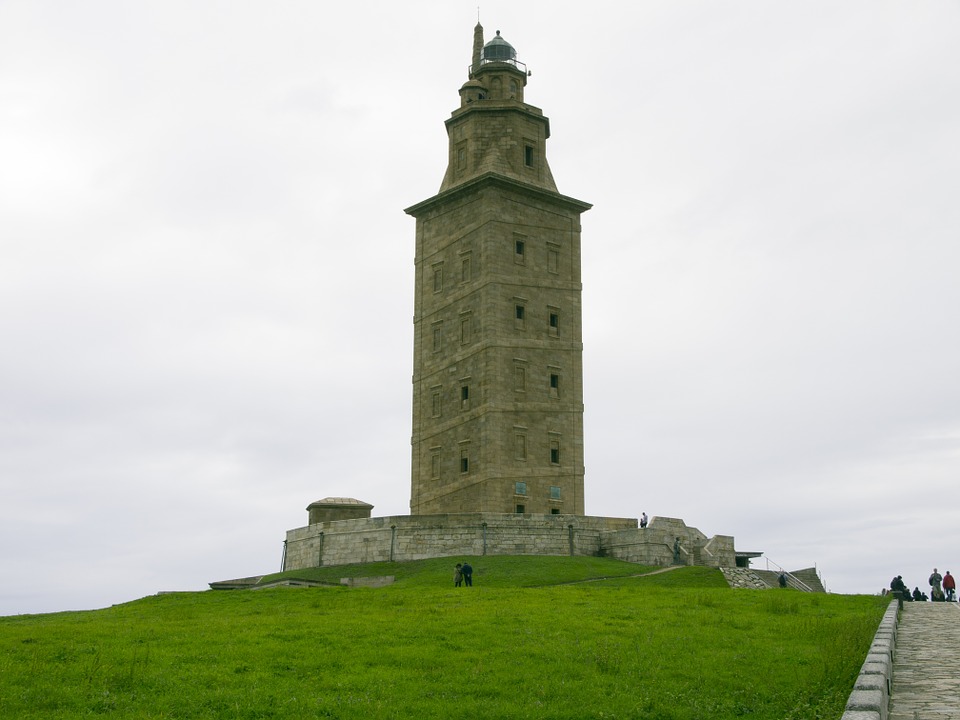
The Tower of Hercules has served as a lighthouse and landmark at the entrance of La Coruña harbour in north-western Spain since the late 1st century A.D. when the Romans built the Farum Brigantium. The Tower, built on a 57-metre high rock, rises a further 55 metres, of which 34 metres correspond to the Roman masonry and 21 meters to the restoration directed by architect Eustaquio Giannini in the 18th century, who augmented the Roman core with two octagonal forms. Immediately adjacent to the base of the Tower is a small rectangular Roman building. The site also features a sculpture park, the Monte dos Bicos rock carvings from the Iron Age and a Muslim cemetery. The Roman foundations of the building were revealed in excavations conducted in the 1990s. Many legends from the Middle Ages to the 19th century surround the Tower of Hercules, which is unique as it is the only lighthouse of Greco-Roman antiquity to have retained a measure of structural integrity and functional continuity.
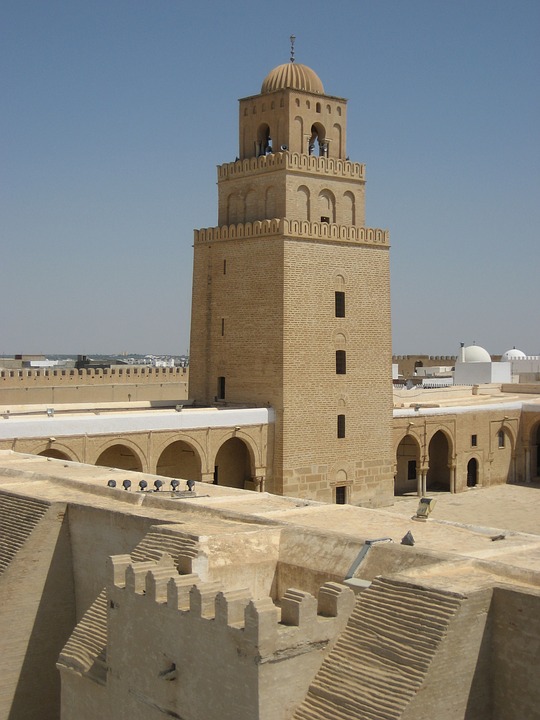
The Mosque of Uqba also known as the Great Mosque of Kairouan is located in the historic walled district of the Medina, between the Rue de la Kasbah and the Rue el Farabi in Tunisia. The mosque, as it stands today, was built by the Aghlabid governor of Kairouan, Ziyadat Allah, between 817 and 838. He erected the building on the site of an older mosque, originally constructed by Uqba ibn Nafi at the time of the 670 AD Arab conquest of Byzantine North Africa. Although the current mosque retains virtually no trace of the original seventh-century building, it is still often referred to as “Mosque of Sidi Uqba,” or,”Mosque of Uqba Ibn Nafi.” Historically, it has been accorded great significance as the first mosque in the first town of Islam in the West.

Acoma Pueblo is built atop a sheer-walled, 367-foot sandstone bluff in a valley studded with sacred, towering monoliths. Since 1150 A.D., Acoma Pueblo has earned the reputation as the oldest continuously inhabited community in North America. The mesa-top settlement is known worldwide for its unique art and rich culture.
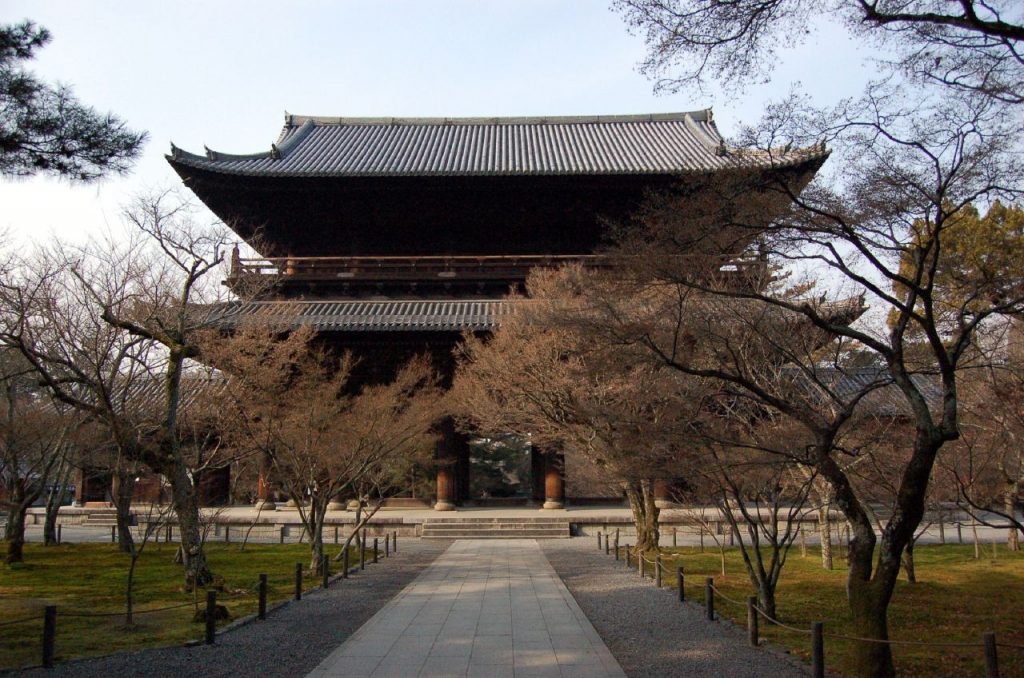
The Nanchan Temple is a Buddhist temple near the town of Doucun on Wutaishan, in Shanxi Province, China. It was built in 782 AD, and its Great Buddha Hall is currently China’s oldest preserved timber building in existence
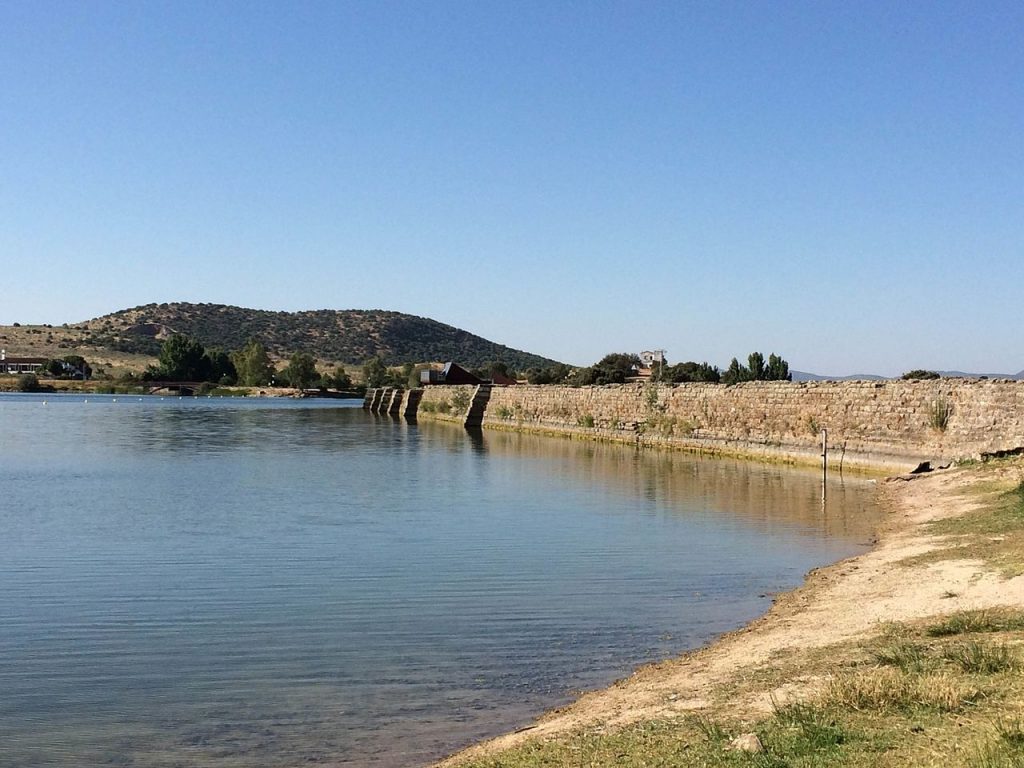
The Proserpina Dam, located approximately ten kilometres north of Merida in Spain, is the world’s second oldest dam currently in use. The earthen dam was constructed by the Romans between the late 1st century AD and early 2nd century AD. It is covered with concrete and measures 427m long and 22m high. It is located on the course of the brook of Las Pardillas, a sub-tributary of the Guadiana on its right bank. It has two bends in the crest and nine buttresses on the inner side. The Confederación Hidrográfica del Guadiana (Water Management Administration) refurbished the dam in 1991.
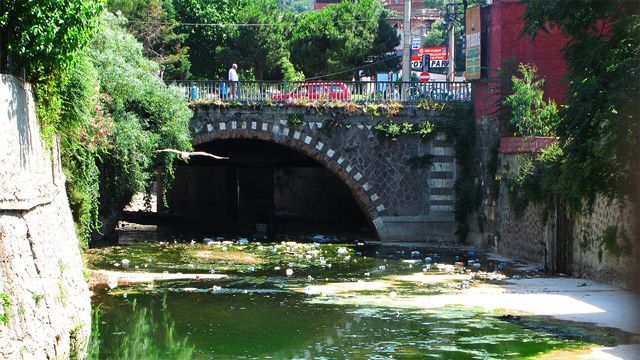
Built in 850 B.C., the Caravan Bridge is 2,861 years old and has reportedly been crossed by the likes of Homer and Saint Paul. The arched stone slab straddling the River Meles, in Izmir, Turkey, extends only 42 and a half feet and is about as simple as they come.
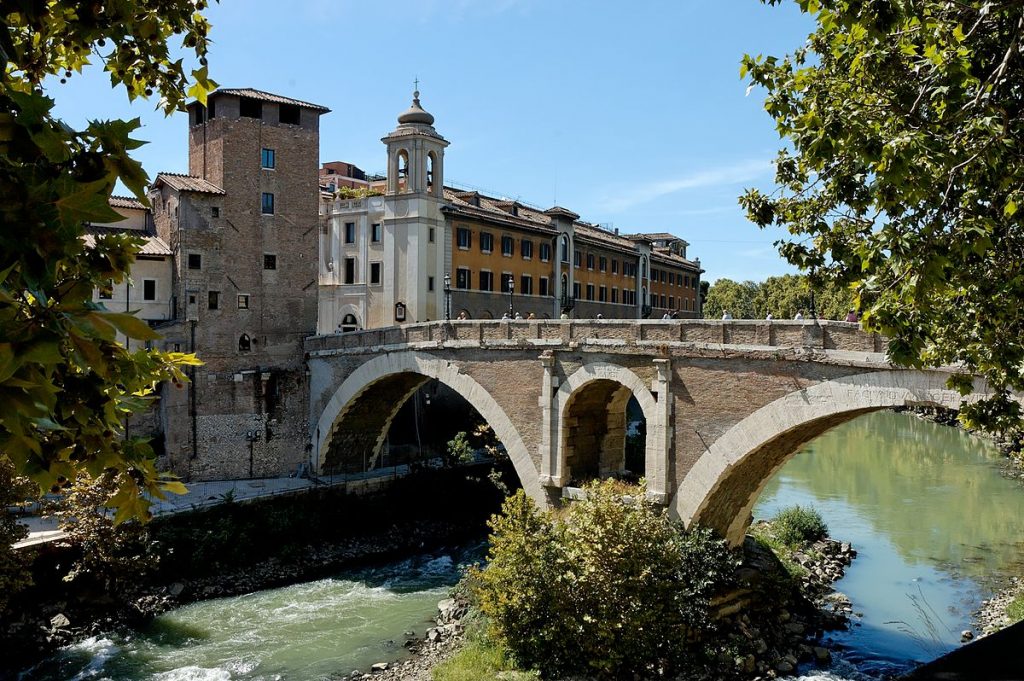
Ponte Fabricio was built in 62 b.C. by L.Fabricius curator viarum (as it is inscribed on both sides of the bridge). This is the oldest Roman bridge to have survived in the city, and still in use for pedestrians.
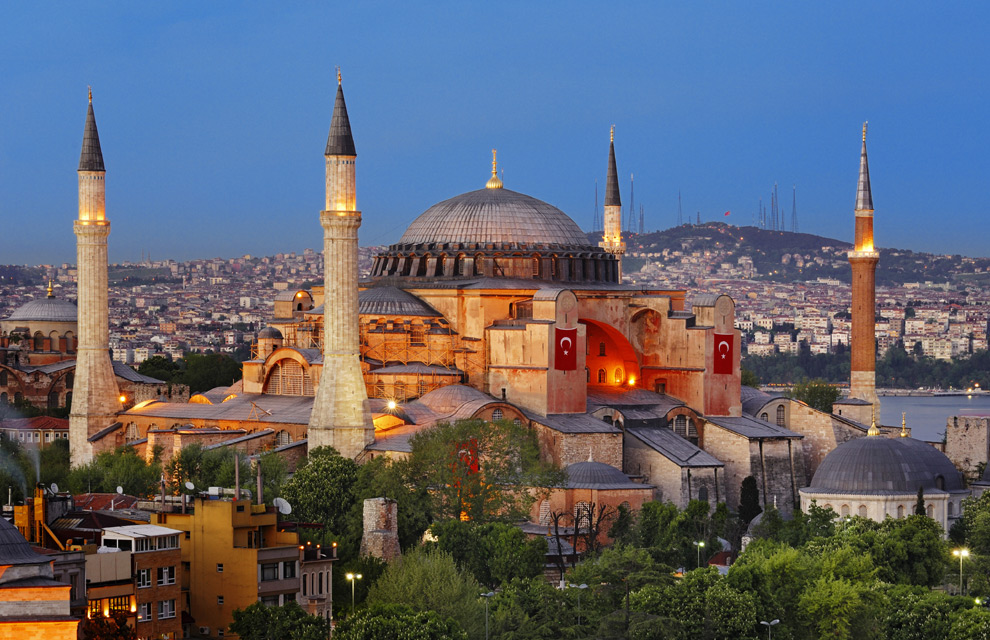
The Santa Sophia (also known as Hagia Sophia) in Istanbul, Turkey has been a church, mosque and museum since it was completed in 537 AD. It is a great architectural beauty and an important monument both for Byzantine and for Ottoman Empires.
